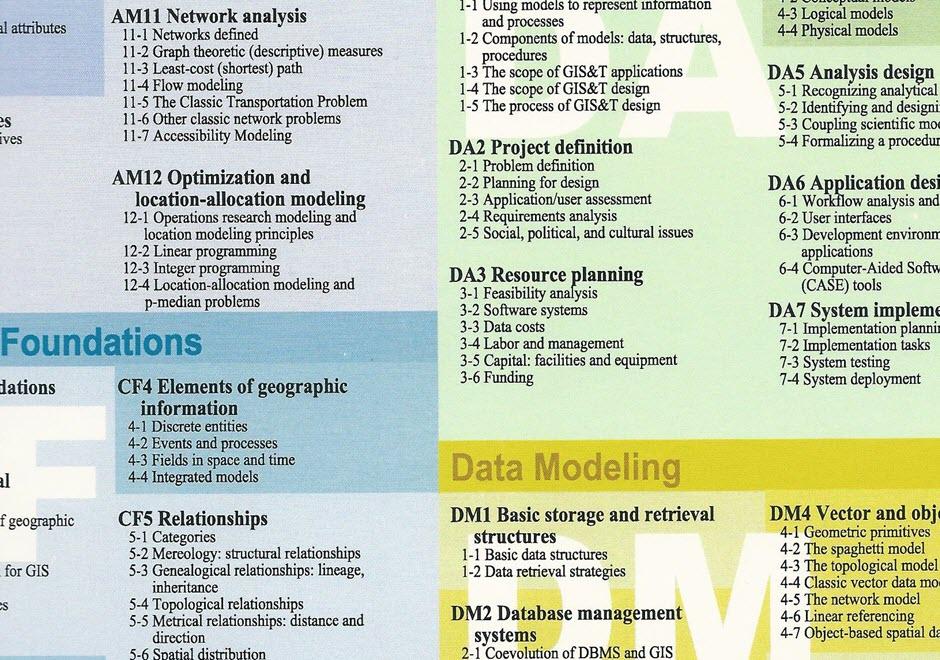DC-18 - Algorithms and processing

- Differentiate supervised classification from unsupervised classification
- Describe the sequence of tasks involved in the geometric correction of the Advanced Very High Resolution Radiometer (AVHRR) Global Land Dataset
- Compare pixel-based image classification methods with segmentation techniques
- Explain how to enhance contrast of reflectance values clustered within a narrow band of wavelengths
- Describe an application of hyperspectral image data
- Produce pseudocode for common unsupervised classification algorithms, including chain method, ISODATA method, and clustering
- Calculate a set of filtered reflectance values for a given array of reflectance values and a digital image filtering algorithm
- Describe a situation in which filtered data are more useful than the original unfiltered data
- Perform a manual unsupervised classification given a two-dimensional array of reflectance values and ranges of reflectance values associated with a given number of land cover categories


DC-18 - Algorithms and processing